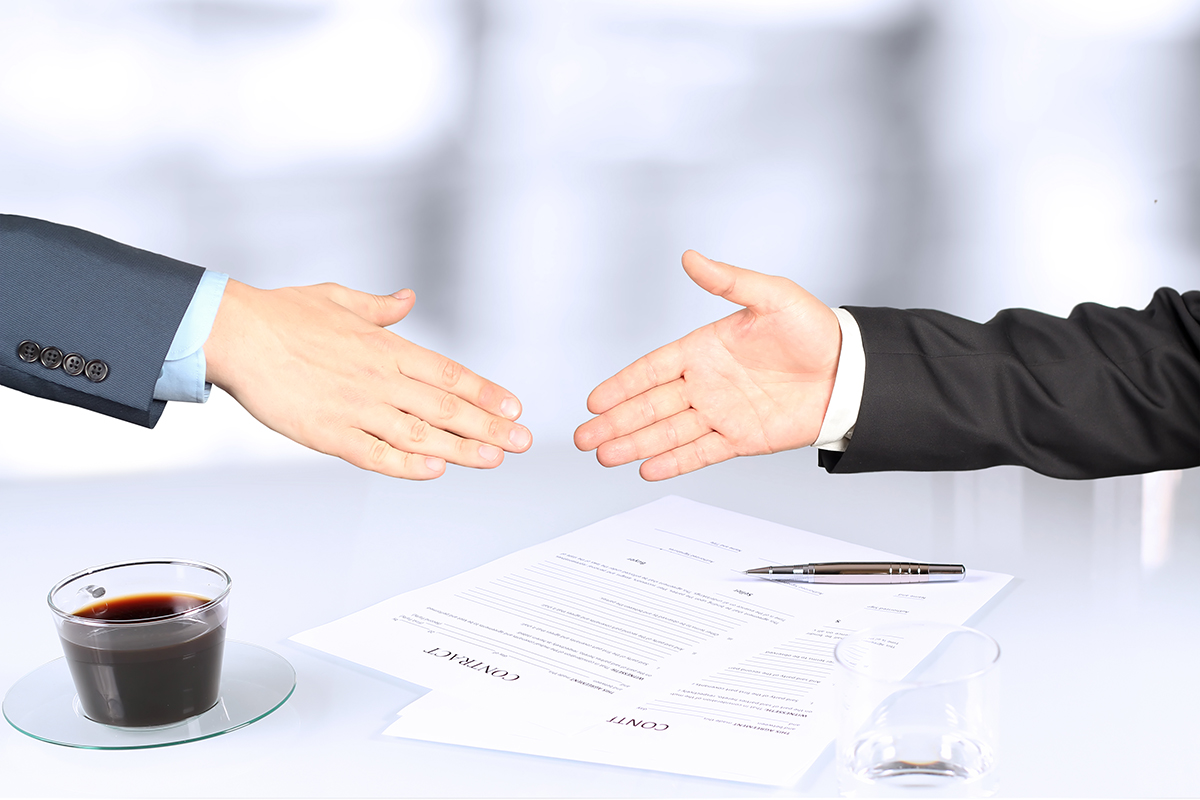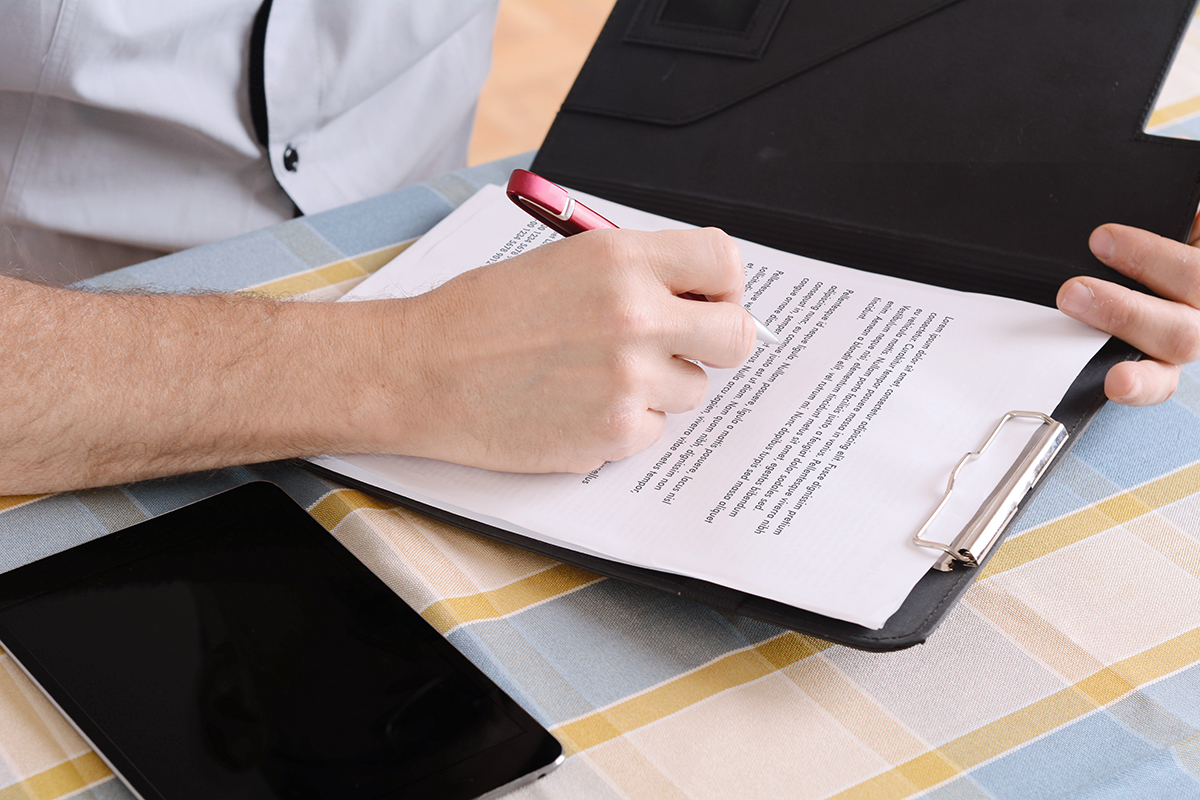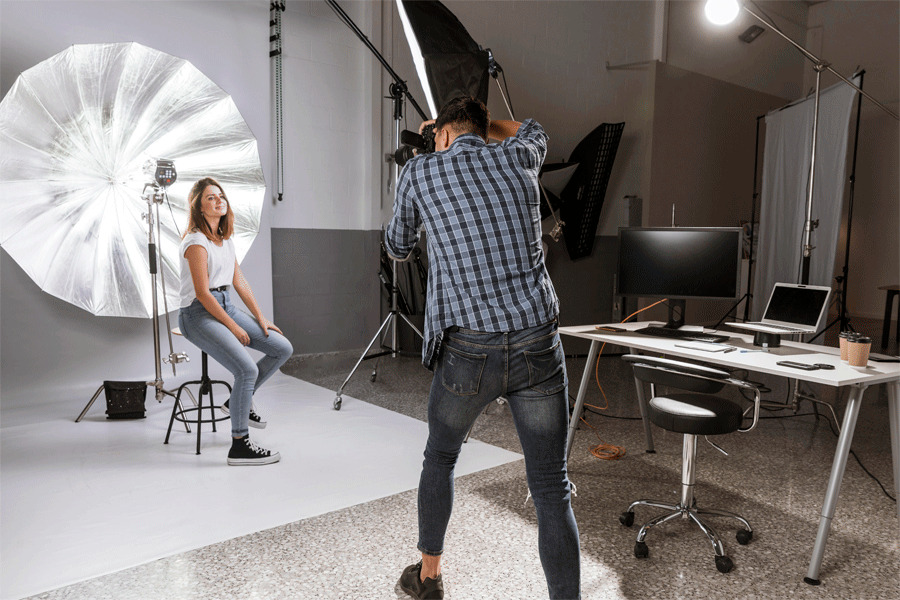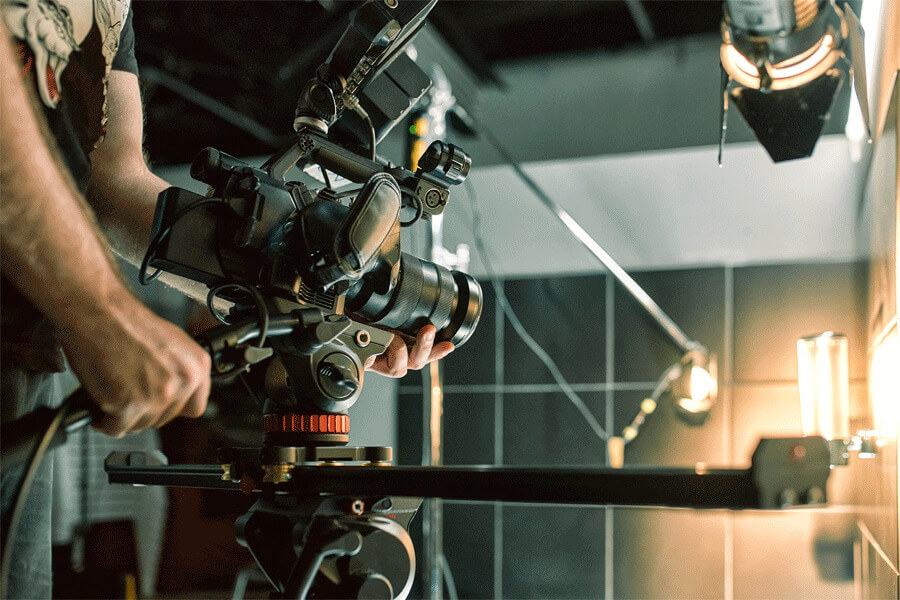A photo release form is used by a photographer when they wish to use particular photographs for either personal or commercial purposes. With this form, the releasee (photographer) can either identify or not identify and compensate the owner or not compensate them based on the language included in the form. If the form highlights that the releasor should be paid, the photographer will not consent to use the photographs until they have made the payment.
It is a document that legally binds two parties to use the other party’s photograph(s) for personal or commercial purposes. The two parties are referred to as the releasor and the releasee. The releasor can be a model or any other specified person. The release can be an organization, a photographer, or even a website.
The form should contain all the information required and be signed by both parties before the release happens. The language in the form should also be specific to avoid any confusion between the releasor and the releasee of the photographs(s).It is not safe for a release to accept the verbal agreement. A release should always have a form as it guarantees their safety in the future against a releasor who chooses to file for infringement. With the form, the photographer or business entity will avoid paying millions due to lawsuits from the photograph owner.
Photo Release Forms
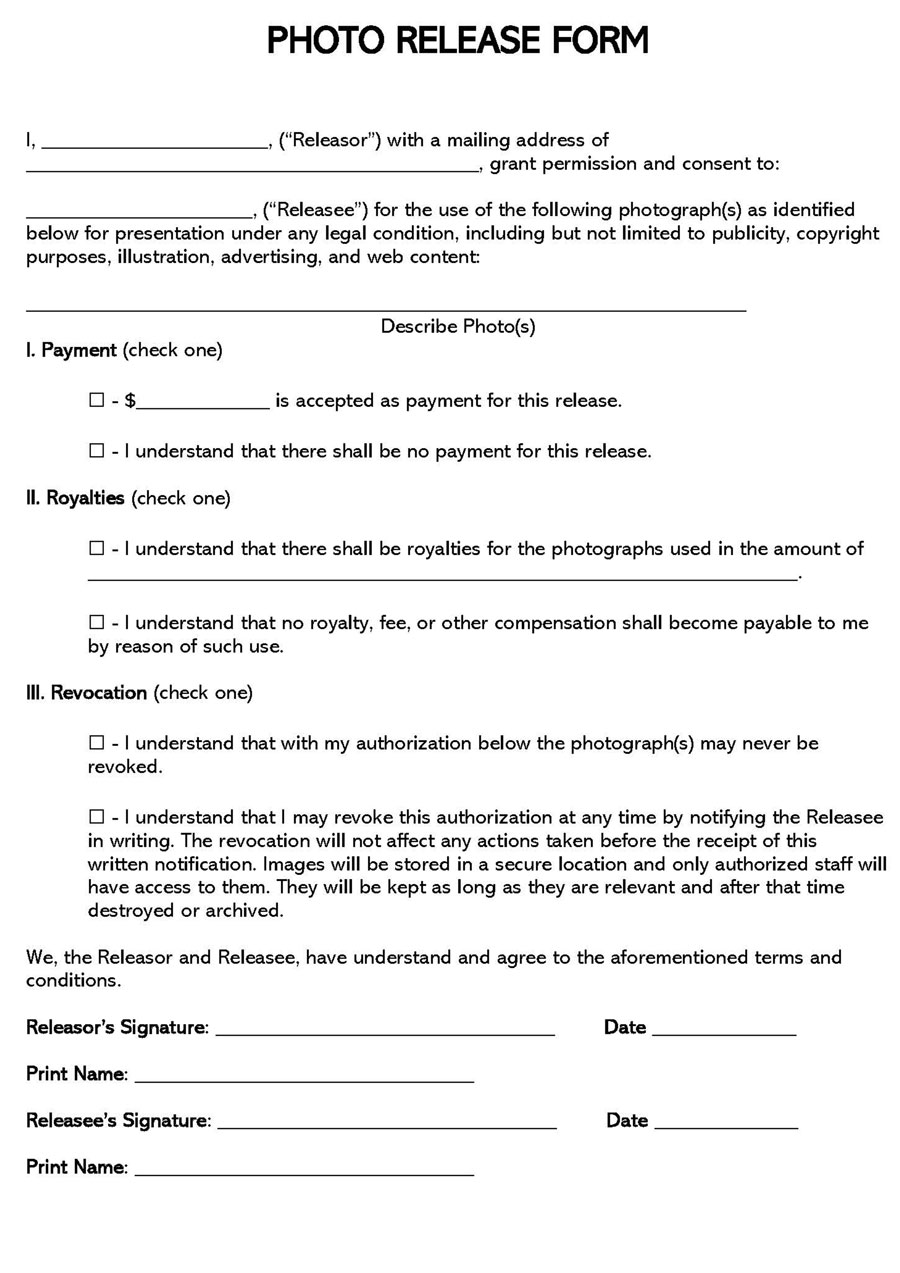
Types of Form
A photographer can use different forms when seeking consent from a photograph owner. Here are some release forms for photos needed to get permission to use a photograph(s) for personal or commercial use:
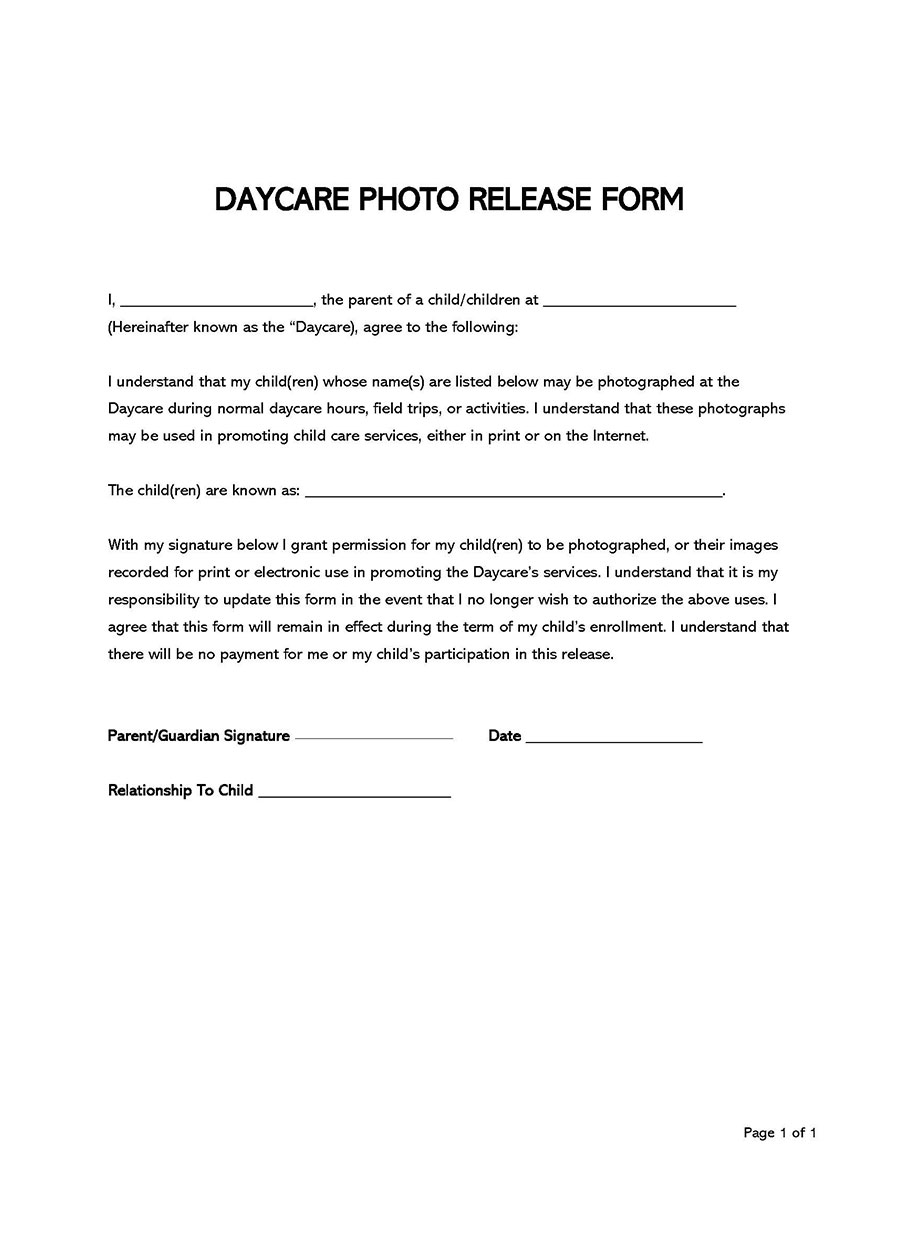
Daycare Photo Release Form
This type of release gives permission, to the photographer, from a child’s parent or legal guardian and enables the photographer to use a child’s pictures, either internally or for commercial purposes. Therefore, these photos are usually taken at daycare and can be shared for daily use or during field trips if the photographer uses this form. By signing the form, the photographer can use the child’s photos either online or in print. This form does not allow payment, but the guardian can choose when to terminate the contract. If the child also stops enrolling at that particular daycare, the form can also get terminated.
Download: Microsoft Word (.docx)
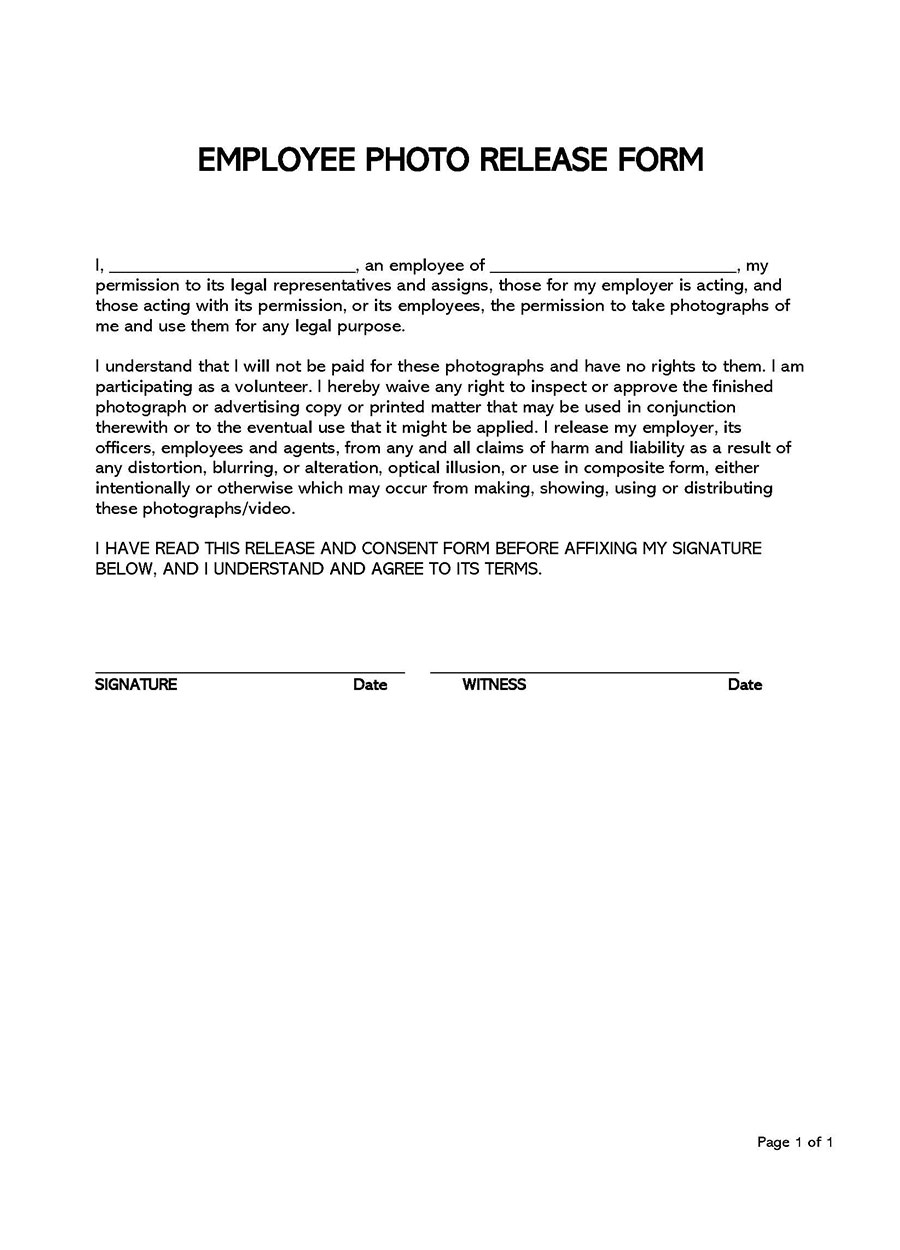
Employee Photo Release Form
For this form, an employee allows their employer to use their image for commercial purposes. This means the employer can use the photo on its website’s “About” page for marketing use. This form does not expire, and the employer can take and use the employee’s photograph. It usually acts like a “blanket,” which gives the employer different rights over the image. This form is voluntary in nature and can be terminated at any given point in time.
Download: Microsoft Word (.docx)
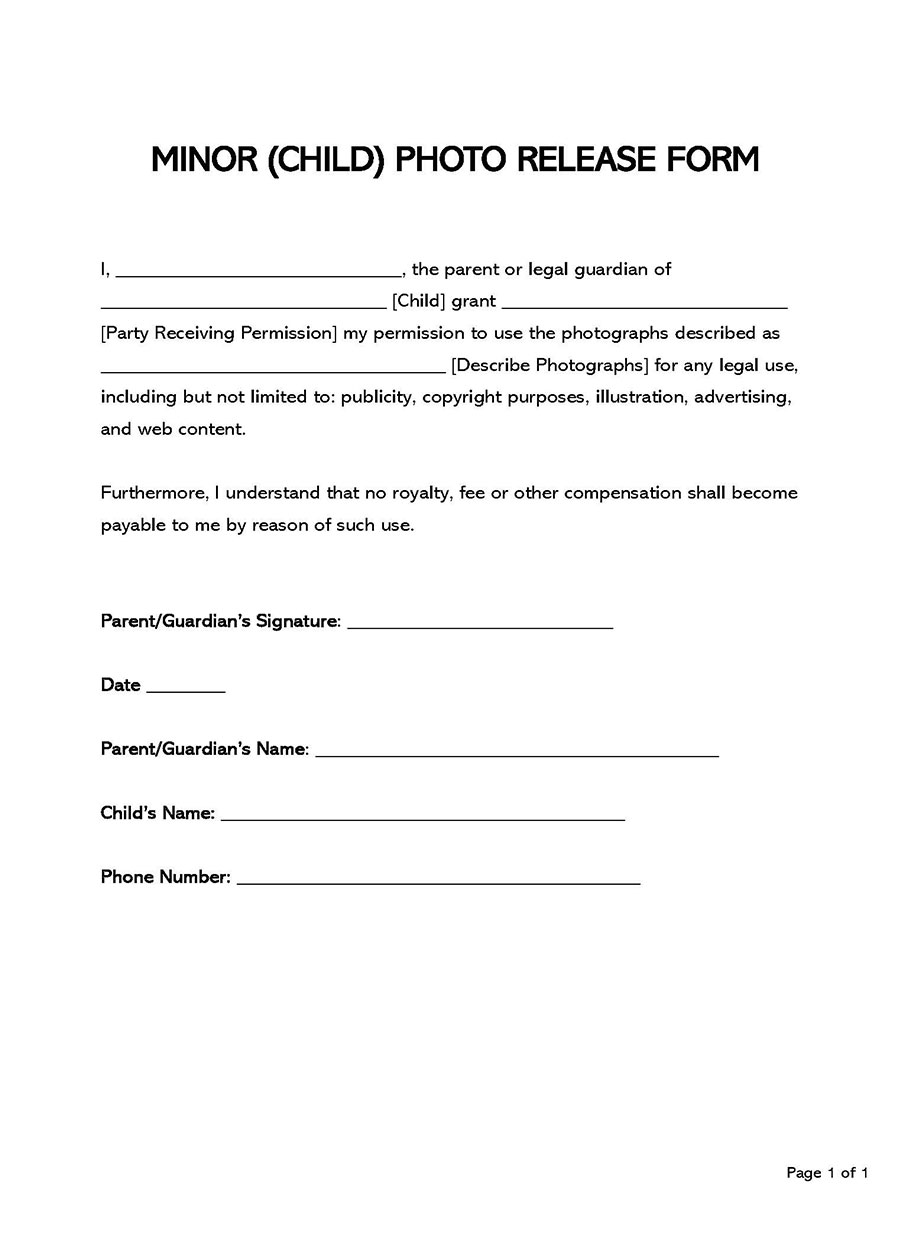
Minor (child) Photo Release Form
This form allows the third party to use the child’s photograph for internal purposes like school photos or professional use. The child’s parent or legal guardian is required to authorize the usage of these photos, and the release is also supposed to authorize it. This form allows for payment only if the photo is used commercially, such as a child model.
Download: Microsoft Word (.docx)
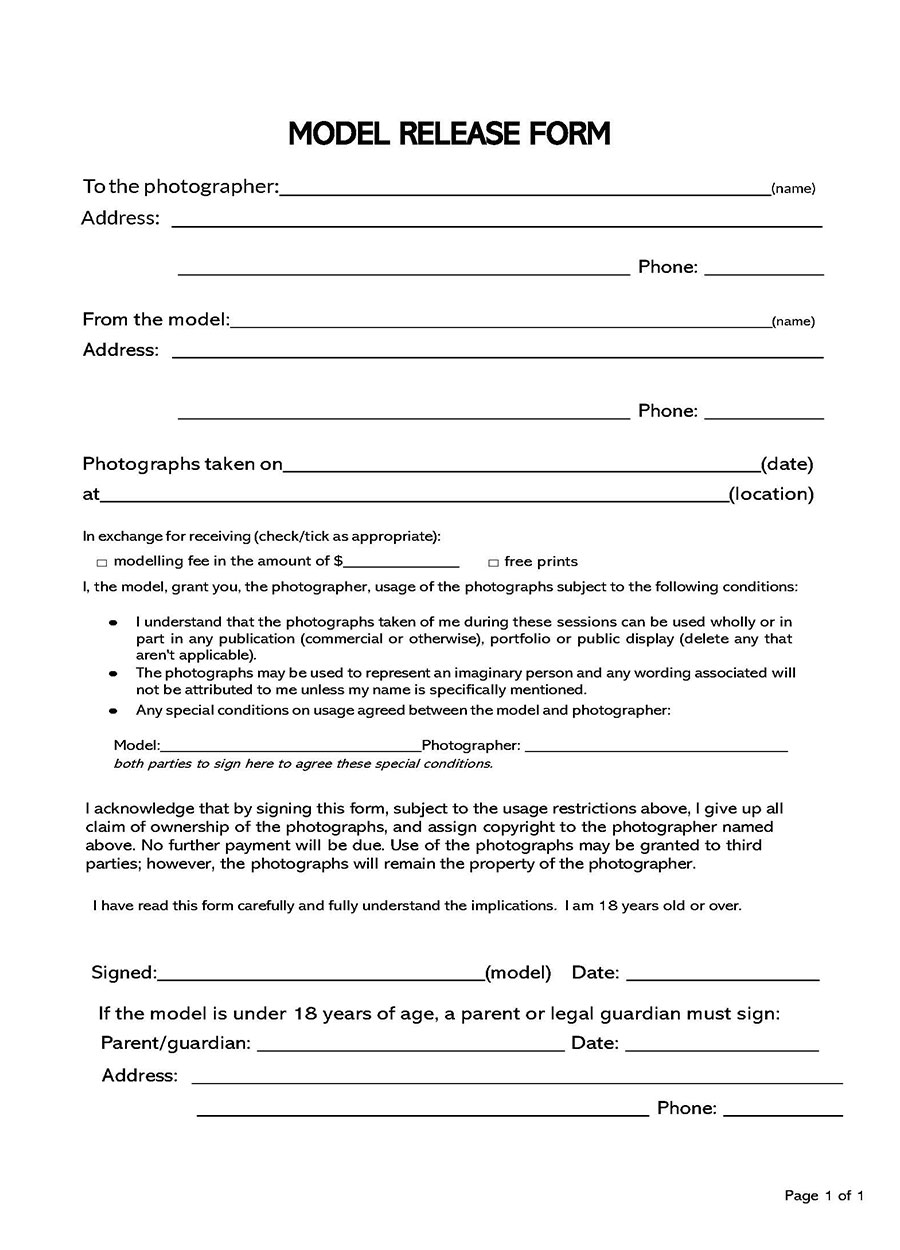
Model Photo Release Form
This type of photo release form can work both ways. The photographer can use it to gain consent from a model whose photos they want to use or vice versa, where the model can use it to seek consent from the photographer. In addition, the photographer can reproduce images captured during a particular session of the model once this form is signed. This can be done for commercial use or the photographer’s portfolio. However, in this case, the photographer cannot resale the images or use them for malicious purposes since this form does not grant such permission.
Download: Microsoft Word (.docx)
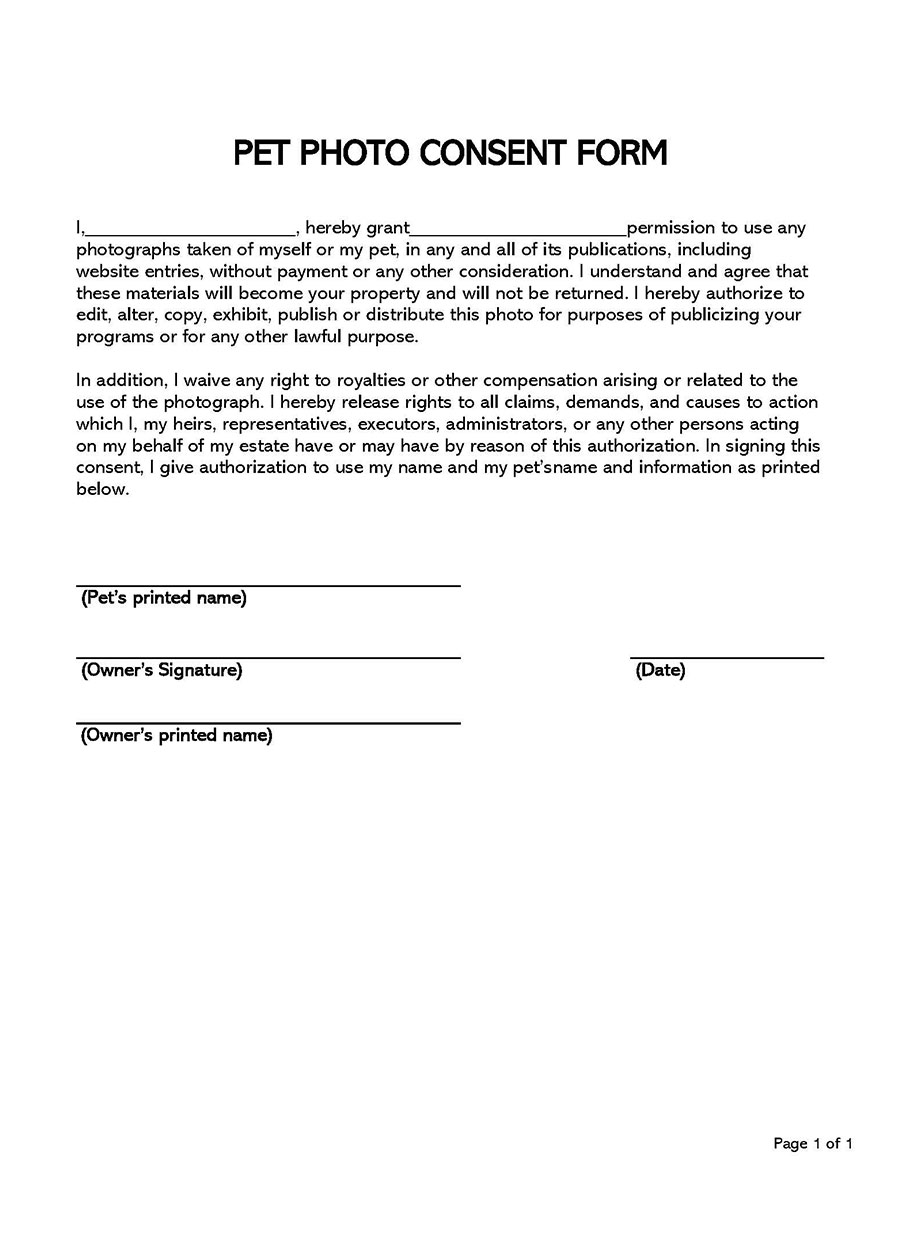
Pet Photo Release Form
This form allows the third party to use photos of a pet belonging to someone else. With this form, the photographer can take pictures of the releasor’s pet, for instance, a cat or dog. The pet owner must authorize these photographs for release to avoid any legal issues in the future.
Download: Microsoft Word (.docx)
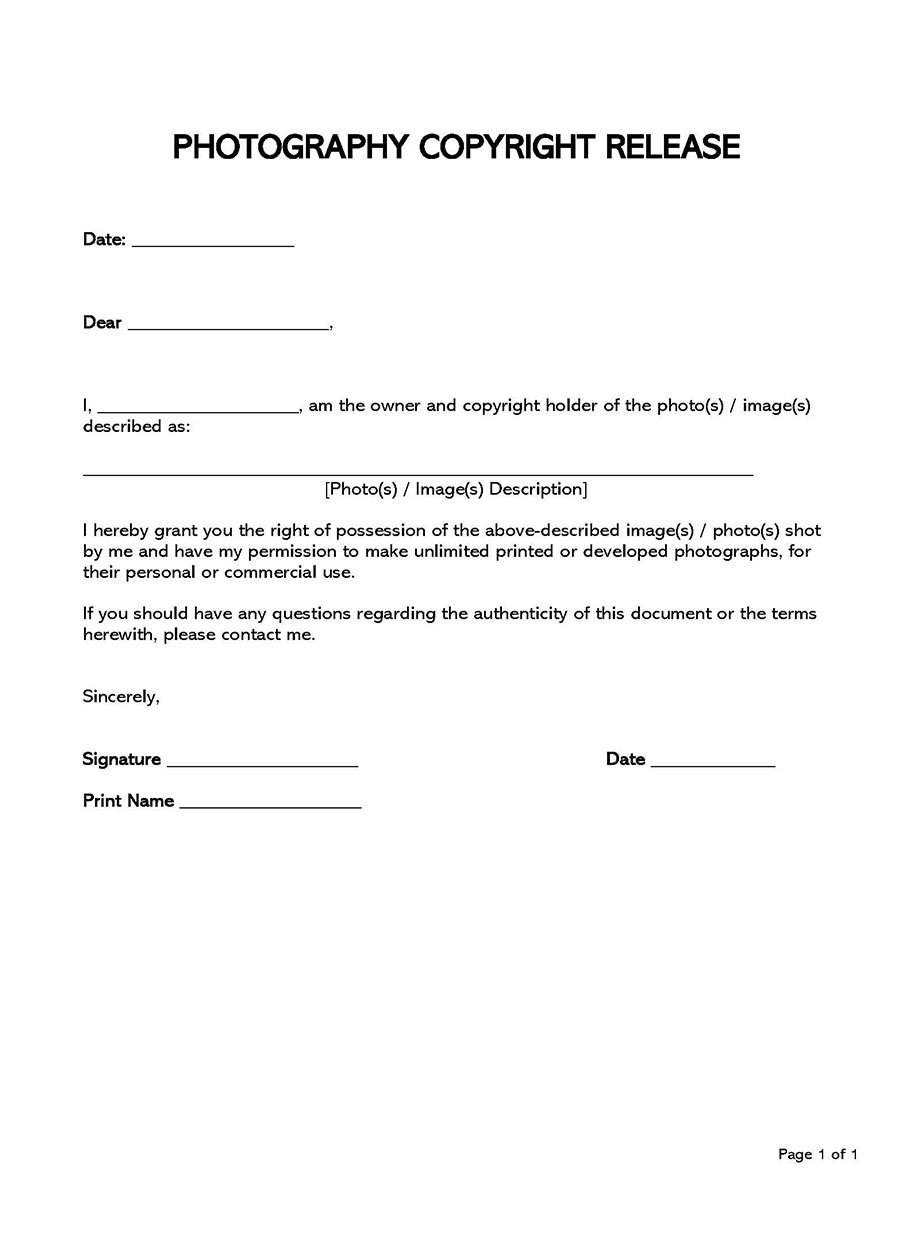
Photography Copyright Photo Release Form
This release form gives consent to the photographer to use images or even letter by enabling the “copyright” or “trademark” to be removed from those images. The photographer can, therefore, copy, distribute or even use copyrighted images. This type of release does not expire unless stated otherwise in the form.
Download: Microsoft Word (.docx)
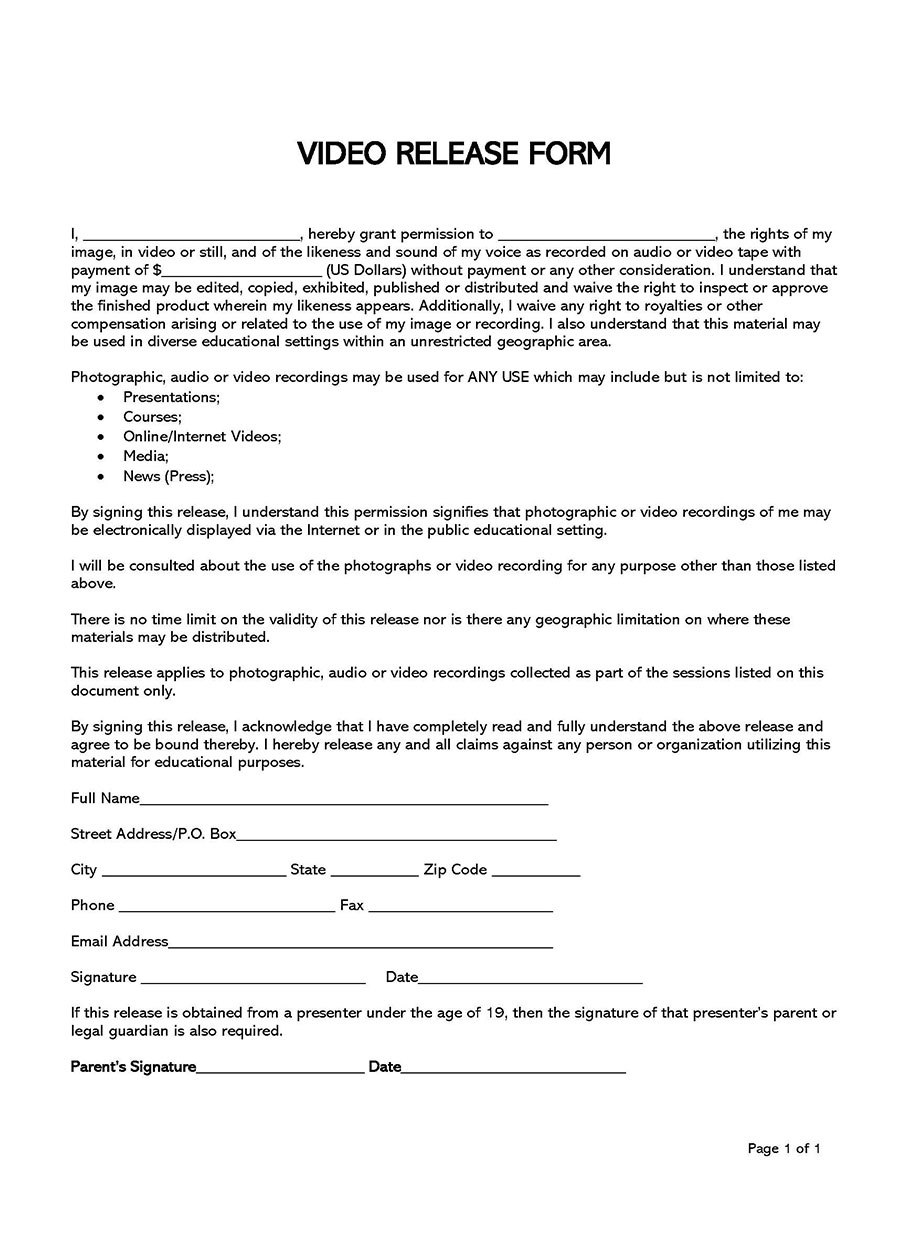
Video Photo Release Form
This form allows the release to use any video taken of an individual for personal or commercial use. The third-party can use the video form, still images, and even the voices commercially if they have a signed video photo release form. They can use them on different publications like online, media, and even on DVDs. The release must pay a fee but only the amount stated in the release form. With a signature and paid fees, the third party gets all the rights related to the video.
Download: Microsoft Word (.docx)
When to Use This Form
There are times and moments when a releasee will need to use a photo release form. These situations will require a form, especially if the releasee intends to use the pictures for commercial purposes. However, a photographer will not require this form if they take pictures of public property.
Here are some situations when there is a need to use this form:
- When the release wants to distribute and use any model’s photos after a commercial photography session, selling the pictures or publishing them, they may need this.
- The photographer or release will need the form for the images in question to be used for educational purposes, like placing photos in a textbook.
- If the releasee is a wedding photographer and the client has asked to publish their photos, the photo release form will be needed.
- The form is required if the releasee wants to use a recognizable photo of a person for their benefit, including for money, publication, or promotional purposes.
- They will be needed if an amateur photographer wants to use the images they have taken for their personal use.
- To avoid future lawsuits, a release for photographer dealing with nude photos needs to have the form before using those photos.
Adult vs minor release form
In the case of adults, the releasee and releasor can use the standard form for a photo(s) release. Adults can make decisions and only have to sign the contract to permit their pictures to be used. A releasee must always confirm what age is considered adulthood to avoid any troubles with the law.
For individuals considered minors by the law, eighteen years and below, a releasee must ensure that their parent or legal guardian signs the form. However, a release does not have to follow up with the minor’s parents or legal guardians if the minor is emancipated.
Components of the Form
Since a photo release form is essential for both parties, a photographer must prepare it. A releasee must know all the components of the form to include all the required information. That way, as soon as the releasor signs it, the photographer will not be in a position to face lawsuits.
Name and contact information of the releasee
The photographer’s name or company that requires the pictures must be well-written in the form. These details will highlight the individual who is seeking and receiving consent. The contract should also have the contact details of the releasee.
The contact information for both parties may include the phone number, mailing address, and email address.
Description of the photo to release
The contract should also describe the photo meant to be released from the owner to the photographer. It is essential to include these details so that the releasee can have the proper authority to use the photo(s).
Some of the details about the photo to release that must be included in the form include the contents of the photo to be used, the date the photo was taken, where the photo was taken, and the metadata assigned to the image when it was taken.
Payment/no payment required
There is a need to establish the payment condition between the releasor and the releasee. The contract must specify whether any form of payment will be made to the releasor (owner of the images) or not. For the case of payment, the language used in the contract must specify the amount of payment to be paid before the release can use the images.
In case there is no payment, the releasee should mark the correct checkbox to highlight that the releasor accepted the use of their images for no payment at all or for free.
Royalty fee/no royalty fee required
If a releasor wants to receive royalties, that is paid every time the releasee uses, distributes, or displays their pictures. This information must be well included in the form. The releasee should ensure that the correct checkbox is marked to facilitate royalty payment.
The amount of royalty fee to be paid must also be indicated. The information should also be well indicated in the form for a releasor who does not want to be paid any royalty fee.
Option to revoke/ no revocation allowed
A releasor might decide that they wish to have the power to revoke or terminate the agreement made to renegotiate the terms of the contract. If this is the case, the correct checkbox should be marked and the right details added to this form.
In other cases, the releasor might not want to deal with any revocation of the photo usage once the contract is signed; the release must ensure that the correct check box is marked for such a situation.
Signatures and dates
The last part of the form is the signatures and dates of those signatures. So there needs to be the signature of releasor and the date of signature alongside the signature of releasee and the date of signature. This way, both parties will have accepted the information in the contract and made the document valid before the law.
Note
The statement saying, “…I have understood the terms of the agreement….” should be included at the end of the form. It means that the releasor read the contract, understood the terms and conditions before signing the agreement. In addition, there should be space for the releasee’s printed name, the releasor’s printed name, the organization, and addresses at the end.
How to Get It Signed?
As the releasee, you need to ensure that the form is signed before using the pictures given to you by the releasor. You can follow three steps to sign the form to initiate the photo release.
Here are the three steps to follow:
Download an appropriate release form
You need first to download the correct release form. Then, since there are different types of forms, you need to pick the form that fits the client or releasor and the situation of the release. For example, a release form is suitable for individuals who want to own the photos they took or request from a releasor.
Clear instructions to the releasor
The form should contain clear instructions to the releasor. After downloading the form, the releasee and releasor should agree on the terms surrounding permission-giving.
All the essential instructions discussed above should be mentioned and clarified to the releasor. In addition, the releasor should also be shown where they are expected to sign to validate the contract and allow the release to use their pictures.
Sign the document and start taking photos
The final step is to guide the releasor to sign the agreement so that you can use the photo(s) for either personal or commercial use as the releasee. Both parties must include their signature in the form for the contract signing. There is also no need to consult a lawyer when signing the form.
Legal Considerations
As a photographer, you have rights that protect you by keeping you and your work safe. Therefore, you should consider legal considerations to ensure that you do not face any resistance when taking photos. With these legal considerations, you can protect yourself from law enforcement or private citizens who might try to stop you from taking pictures.
Here are some of the legal considerations photographers have that protect them in their line of work:
The general legal & accepted rule for photography
This legal and accepted rule focuses on where the photographer is standing when taking photos. Legal statutes must be observed since they determine the acceptable physical location when taking pictures.
A photographer can take public property pictures when in a public space. Public space includes public parks, streets, and sidewalks. A photographer can only take pictures of a private venue if they have consent from the owner or individual who organized the event at that private venue. However, a photographer can take pictures of a private venue, event, or property standing in a public space.
When in doubt, get permission
When dealing with private venues or events, it is best to get permission than rely only on where you stand as a photographer. Asking for permission will help to prevent arguments or even lawsuits. The property owner has the right to refuse or accept your request, and you must respect their wishes.
Exceptions to the general legal rule
Some exceptions must be observed even with the general legal rule protecting photographers. For example, some areas do not allow photography even when standing in a public space. For example, you cannot take pictures of the military base and nuclear facilities for national security purposes. However, some of these facilities have public areas to take photos.
Photographing people in public places
You can take photographs of people in public places if you know them. However, you cannot take photos of people who have created an expectation of privacy, like being in the bathroom or medical facilities. This is because taking photos of such people will lead to confrontations and arguments. Therefore, you will have to seek permission to take pictures of such people.
Children and accidents
If you are in a public space, you have the right to take pictures of children and accidents. You can also take photos of celebrities, rescues, infrastructure, bridges, criminal acts, arrests, residential units, and law enforcement. First, however, you need to ensure that there is no ban on photography in your situation.
Common violators of your rights
Law enforcement, security guards, and employees are the most common individuals who stop photographers from taking photos. However, they have no right to stop you, and they are violating your rights. You are free to take photos but ensure you always stand in public areas. However, avoid taking photos in areas where you have been told not to take pictures.
Dealing with questions and detainment
People have the right to ask you questions about what you are doing as you take photos. The best course of action is to stop and talk to these people in a civilized manner. You will help them calm down and avoid their fears, giving you better and ample time to take photos.
However, you are not obligated to explain yourself to people. Also, you have a right not to be persistently harassed or confronted by people and their questions. Suppose you face criminal harassment when taking photos. In that case, the ‘reasonable and prudent person standard’ is used to determine if the actions you faced would have caused fear or physical and equipment safety to another person in your situation. The ‘reasonable and prudent person standard’ is a policy meant to protect photographers from criminal harassment.
Private citizens can detain you if your photography contributes to a crime or felony. However, their power is limited and does not apply in most cases. They are not allowed to detain you falsely, take your equipment, review your photos or even delete them. Such actions may lead to criminal or civil charges.
Law enforcement & your equipment
Law enforcement can only take your equipment and review your photos if they have a warrant. Even though they might try to arrest you and seize your equipment while taking your photographs, law enforcement cannot review the images without providing a warrant. Such actions may lead to charges of coercion, theft, or conversion against them. Also, law enforcement cannot force you to delete your phone or camera images.
Legal remedies
You are within your rights to file a civil or criminal lawsuit against a third party that has violated your legal rights as a photographer. If found guilty, the court will punish the third party with these legal remedies. The legal remedy is determined by your reason for suing and the severity of the case.
For example, being harassed and detained when taking pictures will warrant a false imprisonment, kidnapping, coercion, or theft charge. Also, being harassed by an employee for taking pictures near a company or business will lead to assault, conversion, false imprisonment, and violating your constitutional rights charges against the employee and their employer.
Dealing with confrontation
When faced with confrontations, try and stop taking pictures to answer the interested party first to avoid any form of escalation. Then, inform people that you have the right to take pictures in public places. That way, people will feel less afraid; hence, less threatened and confrontational.
You can also call the police if you or your equipment is threatened. You can calmly gather the following information to protect yourself from them. First, try to get their name and the name of their employer. Then, it would be best to inquire about their legal basis for taking your camera and other equipment away.
In the case of law enforcement, you should politely ask if you are being arrested or if you can freely leave. That is the best way to deal with confrontation as a photographer.
Photographing people
Obstructing others or breaking the anti-terrorism law will prevent you from taking photos of people in public spaces for either personal or commercial use. You should avoid harassing people and respect their space when taking photos. You can take photos of children, but it is wise to ask for permission from their parents or legal guardians.
That way, you avoid looking like a freak or creep with bad intentions. Even when in a public space, you cannot take photos of people in private spaces like washrooms.
Photographing places
You can take pictures of all public spaces except Trafalgar Square, Parliament Squares, or the Royal Parks. Ensure you stay safe when taking photos of inappropriateness in public to avoid confrontations. Local and public areas have the right to make their rules regarding taking pictures. For instance, you can take pictures of the railway stations, but you need to get permission from the necessary authority to avoid looking like a threat.
It would be best to observe the rules implemented in photographing places even with the general rules. For example, you can take pictures of the outside of buildings, sculptures, other pieces of art, and private property if you are standing in a public space.
Trespass or obstruction
You can be charged with a criminal offense if you take pictures in a public space, like highways, bike paths, or footpaths, and obstruct people. You can take your photos in public space but ensure people can move freely. If you take photos on private property with no permission, you will be charged with trespassing.
Ensure you move away if people complain about being obstructed on the way. Also, get permission from the property owners to avoid trespassing on private property.
Can your photos be deleted?
Security and police officers have no right to delete your photos or take your memory card out of the camera if they find you taking pictures. However, you have the right to keep and protect your photos. Also, in some cases, the photos you have taken can be used as evidence and should not be deleted.
Copyright law
Copyright law protects photographs from being reproduced, created, displayed, or distributed without permission. It is a violation for someone to use your pictures on their website without asking you for permission. People cannot use photos without permission, even if they are not meant for monetary purposes or have no copyright watermark.
Based on a legal doctrine referred to as “fair use,” you can use only a part of the image without requiring permission. Fair use only applies if the partial image is meant for teaching, news reporting, comment, scholarship, criticism, or research. It is also an infringement of the copyright law if the person using your photos only praised and gave you credit but failed to ask for permission.
When it comes to people who have violated the copyright law, you will need to:
- Ask them to take your picture down from their websites and avoid using it without consent.
- If they refuse to accept and obey your wishes of taking the photo down from their websites, file a lawsuit.
note
Hired photographer retains copyright over the images they take unless they are actual client employees. Most contracted photographers usually remain with the copyright claim over the photos they have taken.
Tips for Preparing a Form
Here are some tips a photographer can observe when preparing and handling the photo release form. These tips will make the process faster and easier while ensuring that the releasee gets a valid and signed release form:
- Keep the paperwork at hand: A release should always have a form with them at hand to ensure that their client gives written consent, instead of a verbal one, before the photography session happens.
- Include all legible information: The template should have legible details to avoid confusion between the releasee and the releasor in the future. This should always be checked, mainly if the photographer accessed the template from an unprofessional source.
- Use words that are easy to understand: The words used in the contract should be simple and easy to understand by the client. The releasee should avoid using ambiguous words which might have more than one interpretation as this will affect the terms of the contract.
- Contact information should be visible: The contact information of both parties should be written and must be visible in the form. This includes the phone number, mailing address, or even the email address.
- Synchronize the release form with the photo: Since photographers may take many photos, they should ensure that they match the correct photo with the form they are preparing. This can prevent trouble for the release in the future. When a photographer is filing their copy of the release form, they should synchronise it with the photo being released to them.
- Get benefit from the advanced technology: For safekeeping and proper records, a photographer can use technology like a computer to store their form together with the photo that was released using that particular form. They can do this by scanning and storing this information in folders on their computers. This makes accessing such files easier.
- Use authentic emails: A releasee should use authentic emails as a backup source because the releasor agreed to release the photos to them and signed the release form. This can be achieved if the releasee sends a scanned copy of the form and the photo to the releasor or client through email. With authentic emails, a photographer will always have records of the contract if they lose their records.
Frequently Asked Questions
A photographer or releasee needs the paperwork since the State law requires it. This form is more than just a reliable practice for photographers. A releasee must fill and ensure that the form is signed to receive protection under the U.S copyright laws.
With a signed form, photographers can secure their rights to the photos or images by getting a copyright for them. This happens through the United States Copyright Office, where a small fee must be paid so that the photographer’s rights to the images can be made legal.
To create the form, a release for photographer does not require a lawyer. You need to prepare a well-formatted and correct form by using a template that can be accessed online. A photographer should always conduct proper research to ensure that they are using the correct document according to their need.
This document contains the details of the two main parties involved in this transaction. These are the person who is requesting consent and the one who provides it. Also, it has information about the images whose rights are transferred from one person to another. In case money has to change hands, the form also showcases how the revenue will be shared out between the various parties.
It is required at that point when the images and other forms of intellectual property are to be transferred from one entity to another. This is mostly in compliance with the laid-down statutory rules and regulations.
In most cases, it prevents lawsuits that arise from the infringement of property rights, copyright, and royalty rules. Many pieces of intellectual property are covered by these protections for the sake of safeguarding the welfare of the persons who own them.
Commercial use of photos entails the use of photographs to make money or serve commercial ends. It is basically the use of the photos of an individual or company to make money for another entity.
For instance, an advertising company can use the image of a celebrity to push through its products to the masses. It uses the image to draw a connection between the celebrity and the product. Those who are fans of that celebrity will easily identify with the product and make use of it.
It is necessary to use this form to prevent any breach of privacy and to ward off any copyright violation accusations that might arise later. Further to that, the form also displays the formula which shall be used to share out revenues that arise from the advertising or commercial venture to be undertaken.
Lastly comes the minor photo release form. This one, as has already been stated above, is signed by a guardian on behalf of a minor (a person aged below 18 years). It grants the right of use of the photos to a third party. This requirement is needed to protect the minor against the issues that ordinarily arise out of the arbitrary use of such photos.
Conclusion
A photo release form is an agreement made between a releasor and a releasee to allow the release to use the photos of the releasor. The releasor or owner of the photos must sign this legally binding document before the release can use the photos in question. A releasee must include all the necessary content with this form before signing. A photographer must also ensure that they download the appropriate form depending on the situation. A release for photographer can always use a template to make this process easier and time-saving.

